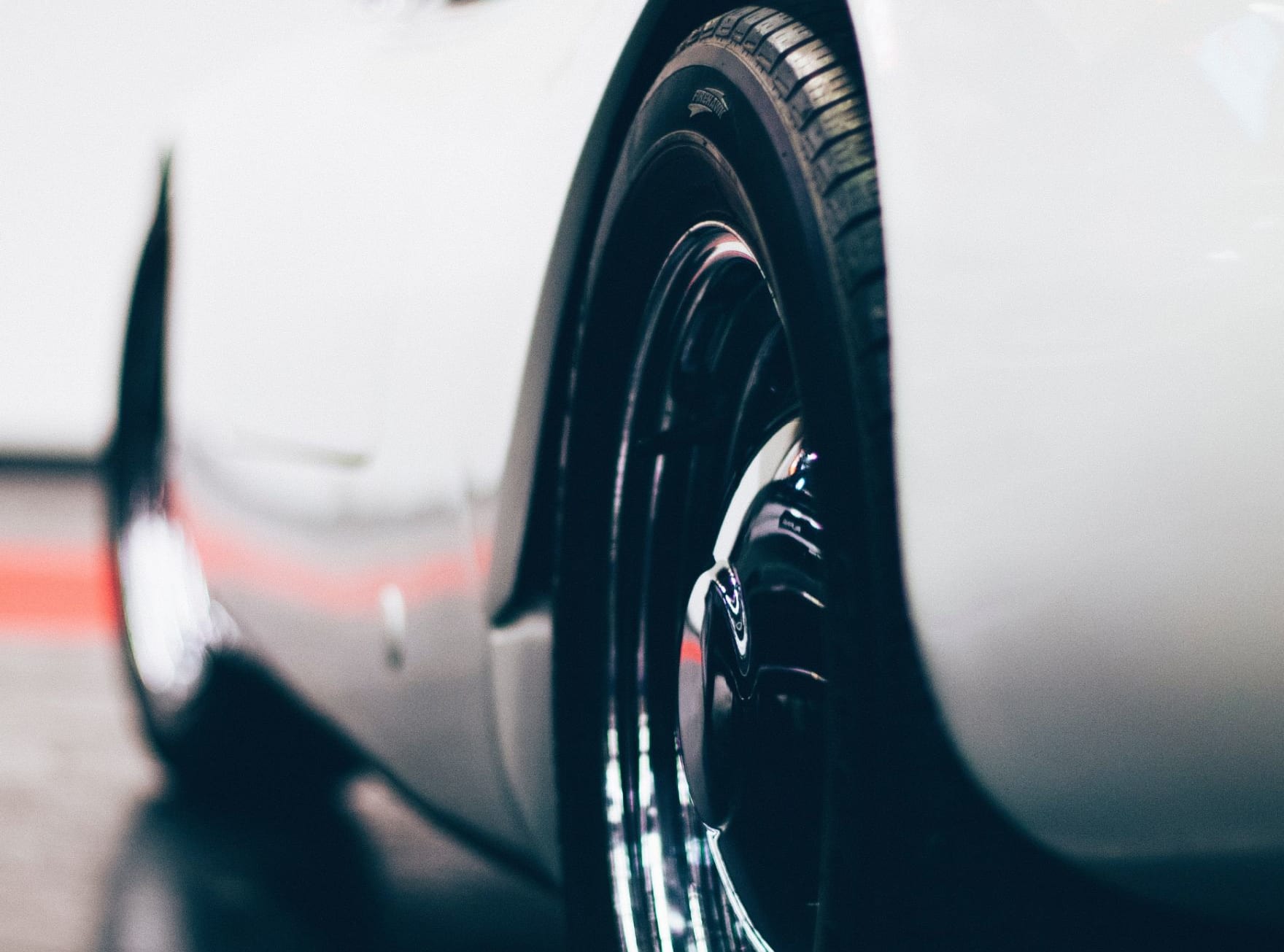Knowde Enhanced TDS
Identification & Functionality
- Chemical Family
- Polymer Name
- Technologies
- Product Families
Features & Benefits
Applications & Uses
- Markets
- Plastics & Elastomers End Uses
- Plastics & Elastomers Processing Methods
- Part and Mold Design Information
Please pay attention to the following considerations when designing the mold and part when using PMMA
Part Design
- Part should be designed such that a sudden change in wall thickness should be avoided
- PMMA material may not exhibit sufficient impact resistance to be used in parts with clip-on design and thus should be avoided
- If clip-on design is necessary, it is recommended to perform two shot injection molding with a material with high impact resistance as backing
- Avoid sharp corners or sharp edges
Mold Design
- The sprue, runner and gate should be designed to be as thick as reasonably possible to reduce shear heating
- Particular consideration to be given to the ejection mechanism and draft angle of the mold to minimize the damage to the part during its release from mold.
- Molding Defects and Remedies
Please pay attention to the following points and adjust molding condition depending on the defects.
Cracking Defect Crack occurred following situation
- Case 1:
- Around the gate of mold, due to excessive residual stress
- Decrease and adjust holding pressure.
- Change injection speed to multiple step. E.g. 1st shot is slower and 2nd is faster
- Increase mold temperature.
- Case 2:
- Around the end of resin flow due to over packing
- Decrease injection pressure.
- Decrease fill volume
- Decrease resin temperature
- Case 3:
- If cracking occurs at ejection,
- Increase temperature difference between Cavity side and Core side of mold.
- Reduce Ejection Speed
- Sink Mark Defect
- Take opposite action and adjustment for Cracking theoretically
- Increase holding pressure
- Increase injection speed
- Case 1:
- Guidelines for Mold Design
Rough guideline of Mold Design for PMMA
Items Recommendation The corner design at runner Designthe round chamfering at the corner of Runner part to avoid adamage during the ejecting process.
Mold shrinkage Mold shrinkage rangeof PMMA is 0.2~0.6%. At actual mold designfor PMMA, mainly choose 0.35 –0.40%.
Cavity finishing For mirror surface: Diamond past#3,000
For normal surface: Diamond past #1,200Gas Vent slot Clearance: 20 -70μm,width: 10 -20mm and Land: 3 -10mm
Place severalpoints at filling in the end or all round the cavity.
It may be countermeasure of Short shot or Haze on a molded article surface.Draft Angle Draft Angle range is 0.8 –2.0°which is depending on the product length.
Choose1° normally
Properties
- Color
- Physical Form
- Typical Properties
- Processing Information (Injection Molding)
| Value | Units | Test Method / Conditions | |
| Vicat Softening Temperature | 110 | °C | ISO 306 |
| Deflection Temperature (Under Load 1.82 MPa, Annealed) | 101 | °C | ISO 75-2 |
| Melt Flow Rate (230°C, 37.3N) | 6 | g/10min | ISO 1133 |
| Tensile Strength (at break) | 72 | MPa | ISO 527-2 |
| Tensile Strain (at break) | 3 | % | ISO 527-2 |
| Flexural Strength | 115 | MPa | ISO 178 |
| Flexural Modulus | 3100 | Mpa | ISO 178 |
| Charpy Impact Strength (Notched) | 1.3 | KJ/m² | ISO 179-1 |
| Transmittance (Y) | 4.08 | — | — |
| Chromaticity Co-ordinates (X) | 0.444 | — | — |
| Chromaticity Co-ordinates (Y) | 0.405 | — | — |
| Chromaticity Co-ordinates (Z) | 0.151 | — | — |
| Value | Units | Test Method / Conditions | |
| Drying Time (at 80 - 90°C) | 4 - 6 | hr | — |
| Barrel Temperature (Front) | 240 - 260 | °C | — |
| Barrel Temperature (Middle) | 230 - 260 | °C | — |
| Barrel Temperature (Back) | 220 | °C | — |
| Mold Temperature | 60 - 85 | °C | — |
| Injection Pressure | 140 - 160 | MPa | — |
| Hold Pressure | 20 - 80 | MPa | — |
| Back Pressure | 9 - 14 | MPa | — |
| Screw Speed | 40 - 60 | rpm | — |
| Cooling Time | 20 - 60 | sec | — |

